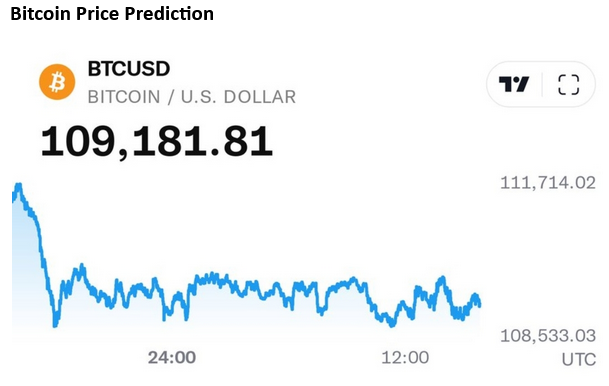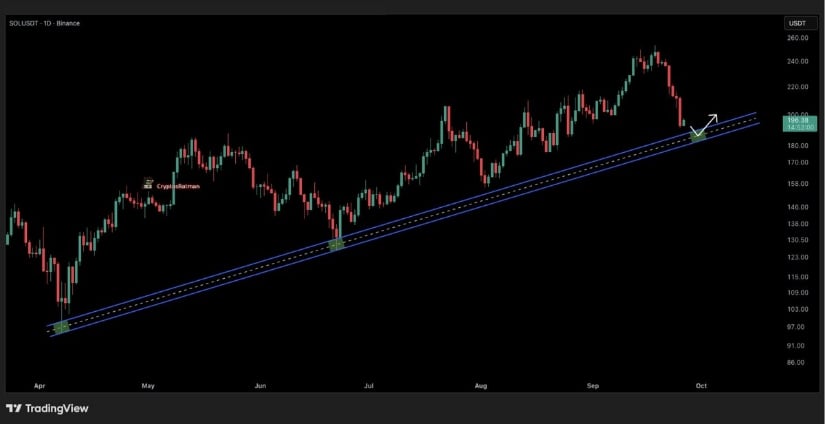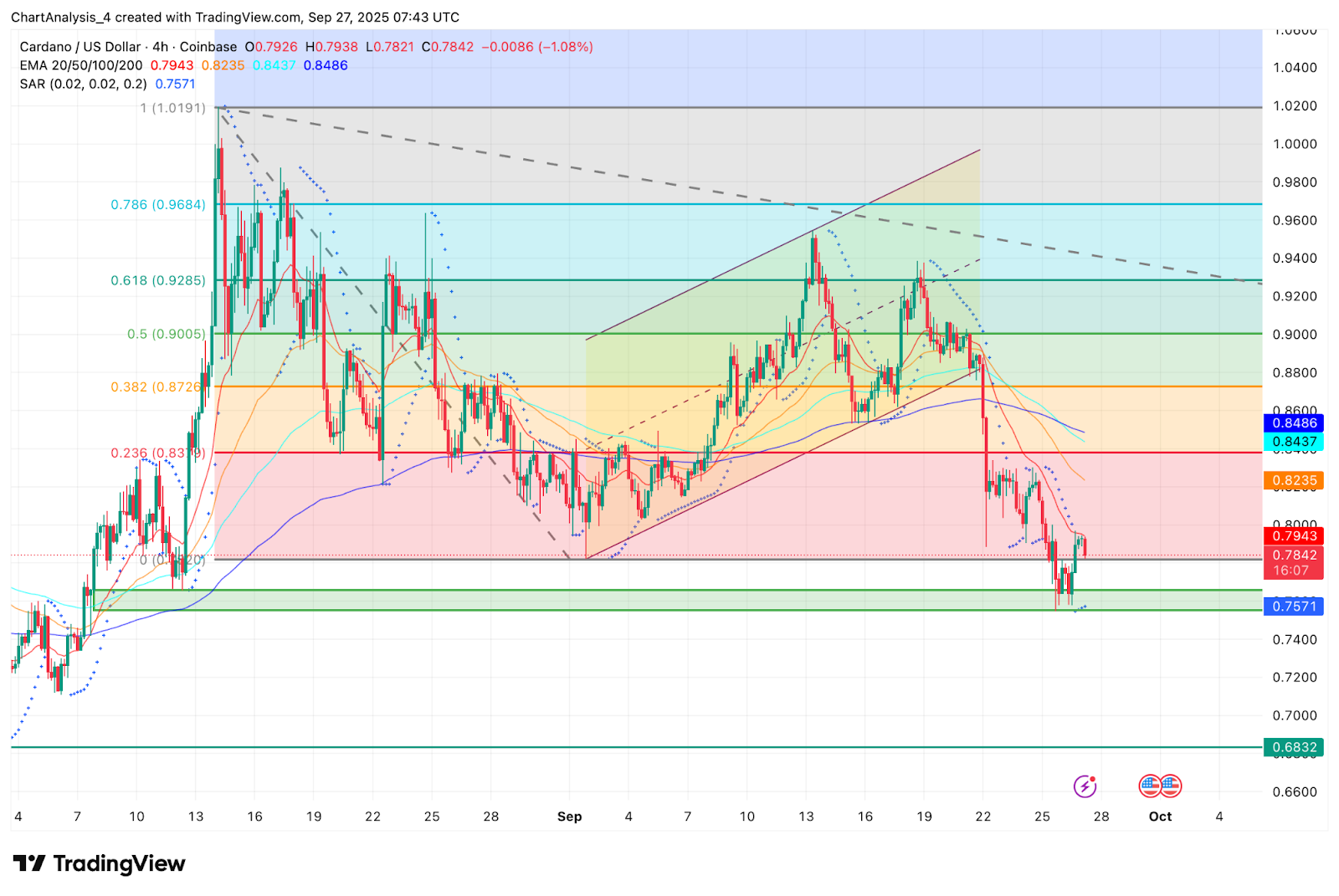Implications for DAPP Holders and Exchange Risk Management in Crypto
The recent delisting of Pencil Protocol’s DAPP token by Coinone underscores a critical juncture in the evolving landscape of cryptocurrency exchange risk management. As one of the leading exchanges in Asia, Coinone’s decision to remove DAPP from its platform—citing unresolved compliance and operational concerns—reflects a broader industry shift toward stricter due diligence and investor protection. For DAPP holders, this event is a stark reminder of the volatility inherent in crypto markets and the need for proactive asset reallocation strategies.
Coinone’s Delisting: A Case Study in Exchange Due Diligence
Coinone’s announcement to delist DAPP effective October 6, 2025, was framed as a response to the project’s failure to address critical issues identified during an initial investment warning [1]. While the exchange did not disclose specifics, the move aligns with industry trends toward heightened regulatory scrutiny. By 2025, major exchanges have increasingly adopted rigorous Know-Your-Customer (KYC) and Anti-Money Laundering (AML) protocols, driven by a 80% surge in illicit transactions reported in 2024 and updated Financial Action Task Force (FATF) guidelines [2]. Coinone’s action signals a prioritization of compliance over short-term liquidity, a trend mirrored by platforms like OKX, which faced regulatory penalties for inadequate AML frameworks [2].
This decision also highlights the growing role of technological tools in risk assessment. Exchanges are now leveraging AI-driven analytics to monitor project fundamentals, governance structures, and market behavior in real time. For instance, Arbitrum’s rise as a Layer-2 scaling solution has enabled more robust due diligence by decentralizing validation processes and enhancing transparency—a stark contrast to the opaque operations of projects like Pencil Protocol [3].
Immediate Market Impact and Investor Risks
The delisting has immediate consequences for DAPP holders. With trading ceasing on Coinone, liquidity for the token has evaporated, forcing investors to either transfer their holdings to alternative platforms or face potential devaluation. Historical data suggests that delisted tokens often experience price collapses due to reduced market depth; in 2024, the delisting of a similar token led to a 70% drop in value within 48 hours [1].
For investors, this event underscores the fragility of relying on single-exchange exposure. Coinone’s user base in South Korea, which accounts for over 30% of the token’s trading volume, has been abruptly cut off, exacerbating downward pressure on DAPP’s price. As noted by a report from BitcoinWorld, holders must act swiftly to migrate assets to wallets or exchanges that still support the token [1].
Strategic Reallocation and Risk Mitigation Frameworks
The Pencil Protocol case offers a blueprint for investors to refine their risk management strategies. First, diversification across exchanges and asset classes remains paramount. DAPP holders should consider reallocating portions of their portfolio to more stable assets, such as Ethereum-based tokens on Arbitrum, which benefit from robust governance and TVL metrics [3]. Second, liquidity management—including the use of multi-chain bridges and decentralized exchanges (DEXs)—can mitigate the risks of centralized exchange failures.
Third, due diligence on project fundamentals must become a non-negotiable step. The U.S. regulatory environment, while more permissive in 2025 under the Trump administration’s executive order, still demands vigilance. Projects lacking transparent roadmaps, active development, or community governance (like Pencil Protocol) are increasingly being flagged by exchanges [2].
Broader Industry Implications
Coinone’s decision is emblematic of a maturing crypto ecosystem where exchanges are no longer passive marketplaces but active gatekeepers of risk. The integration of AI into AML systems and the adoption of decentralized validation frameworks (e.g., Arbitrum’s ARB token governance) are redefining how platforms assess and mitigate exposure to underperforming or non-compliant projects [3]. For investors, this means that exchange policies will play an outsized role in asset valuation, necessitating continuous monitoring of platform-specific risks.
Conclusion: Navigating the New Normal
The delisting of DAPP by Coinone is not an isolated incident but a symptom of systemic shifts in crypto risk management. For investors, the lesson is clear: liquidity is never guaranteed, and centralized platforms retain unilateral power to reshape market dynamics. By adopting a proactive approach—diversifying holdings, leveraging decentralized infrastructure, and prioritizing projects with transparent governance—holders can better navigate the volatility of this evolving landscape.
As exchanges continue to tighten their due diligence criteria, the onus falls on investors to treat crypto assets with the same rigor as traditional markets. In an industry where today’s darling can become tomorrow’s delisted relic, strategic reallocation and risk mitigation are not just best practices—they are survival imperatives.
Source:
[1] Pencil Protocol Delisting: Urgent Update From Coinone On …, [https://bitcoinworld.co.in/pencil-protocol-delisting-coinone/][2] 2025 Trends in AML and Financial Crime Compliance, [https://www.silenteight.com/blog/2025-trends-in-aml-and-financial-crime-compliance-a-data-centric-perspective-and-deep-dive-into-transaction-monitoring][3] Arbitrum (ARB) Deep Due Diligence Investment Report 2025, [https://www.thestandard.io/blog/arbitrum-arb-deep-due-diligence-investment-report-2025?utm_source=chatgpt.com]
Source link
Written by : Editorial team of BIPNs
Main team of content of bipns.com. Any type of content should be approved by us.
Share this article:








